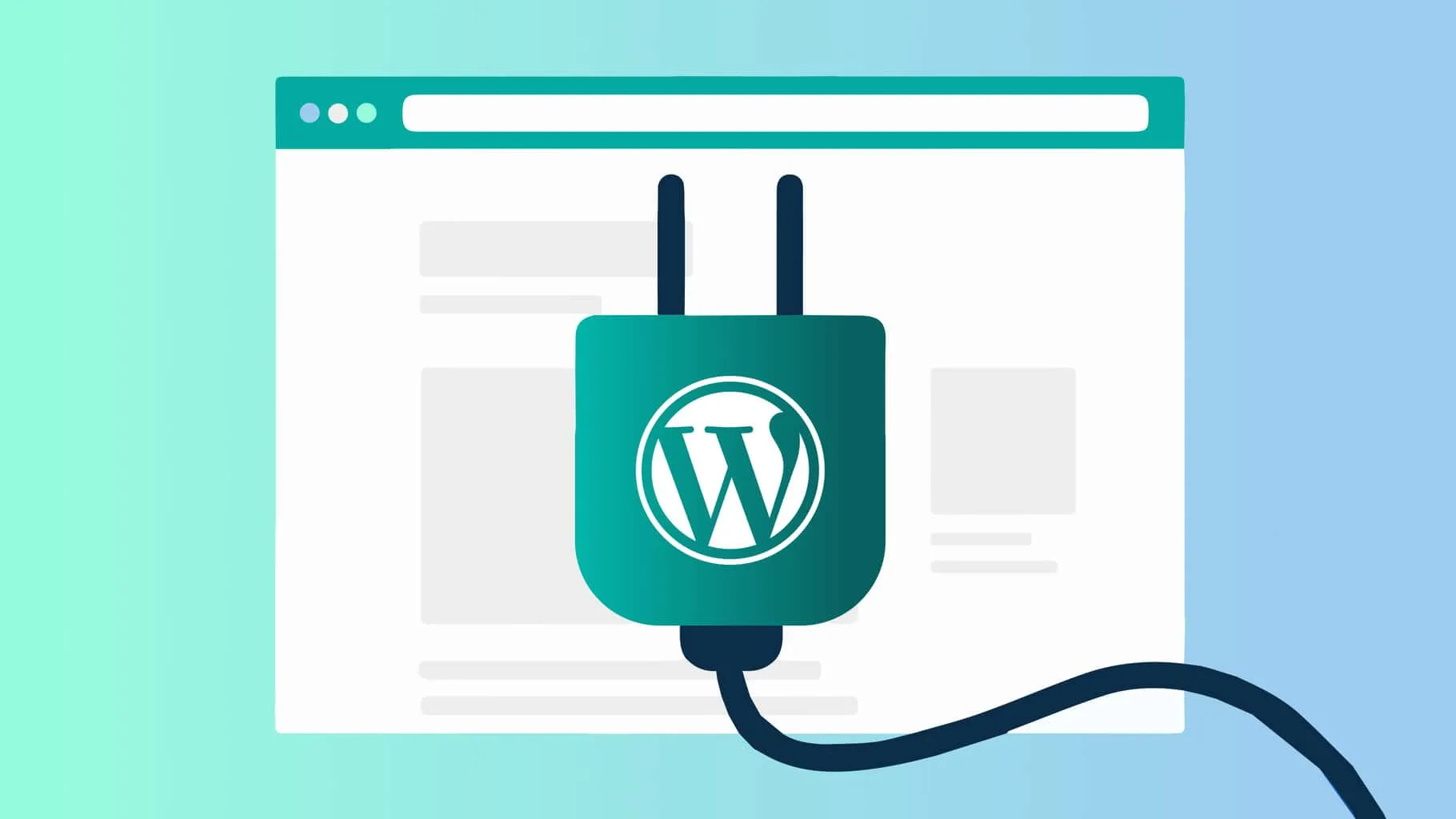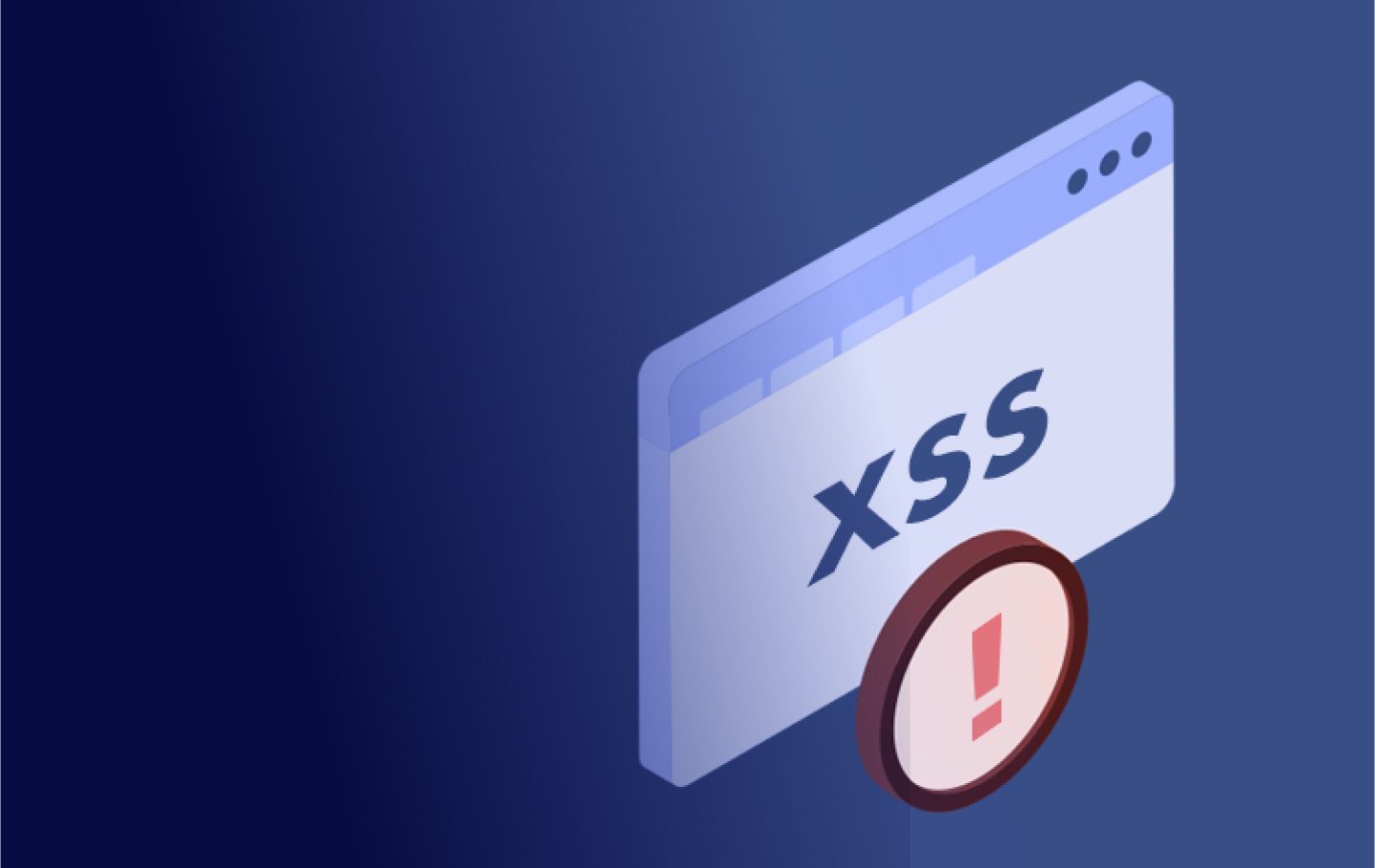WordPress users should exercise caution as The Beautiful Cookie Consent Banner plugin continues to face XSS attacks. The flaw on WordPress websites using outdated plugin versions enables unauthenticated attackers to create rogue admin accounts.
Despite fixing the security hole in January with the introduction of version 2.10.2, attackers continue to carry out attacks. Defiant, a WordPress security firm, reports that they have actively stopped over 1.5 million attacks since May 23, 2023.
The threat actor behind this effort used a poorly constructed exploit that, even if it were to target a WordPress site using a vulnerable plugin version, would probably not execute a payload.
The patched versions of the plugin now have the ability to update themselves automatically if the website becomes the target of these attacks, ensuring that the security remains intact.
Threat actors also started searching the internet last week for WordPress websites using outdated or insecure plugins like the Advanced Custom Fields for WordPress and Essential Addons for Elementor. The operations got underway following the publication of proof-of-concept (PoC) flaws that, after changing admin passwords and obtaining privileged access, allowed unauthenticated attackers to take over websites.

This article is for all the WordPress users who should know the most recent dangers and to maintain their plugins up to date.
How to keep your website safe?
The following advice will help you keep your WordPress website safe:
- Update your plugins regularly. This is the most crucial thing you can do to safeguard your website from attacks. WordPress plugins are often there to address security flaws. It is important to update your website as it will help the website be safe from cyber threat.
- Make use of a security plugin. An effective security plugin can aid in thwarting attacks and obstructing harmful communications. Choose a security plugin that has a solid reputation and is frequently updated from among the various options accessible.
- Exercise caution while installing plugins. Install plugins only from reliable sources. It’s crucial to be cautious while installing plugins because many are harmful.
- Make use of secure passwords and update them frequently. The first line of defence against an assault is a password. Use secure passwords, and change them often.
- Regularly backup your website.
You can help keep your WordPress website secure by adhering to these recommendations, thereby leveraging your cybersecurity skills.
How XSS attacks operate?
Code injection attacks include XSS attacks. A susceptible website is subjected to an XSS attack where malicious code is introduced. Anyone visiting the page can then run this dangerous malware.
Reflected XSS and stored XSS are the two primary categories of XSS attacks.
- Reflected XSS attacks happen when the attacker injects a URL with malicious code. The malicious code is run in the user’s browser when they access the URL.
- When an attacker inserts malicious code into a website’s database, a stored XSS attack occurs.
How to defend against XSS attacks on your WordPress website?
Take various steps to safeguard your WordPress website from XSS assaults.
- Continue to update your WordPress installation. To address vulnerabilities, WordPress often publishes security upgrades. To prevent attacks on your website, it’s critical to maintain your WordPress software updated.
- Make use of a security plugin. An effective security plugin can aid in thwarting assaults and obstructing harmful communications.
- Install plugins only from reliable sources.
- Make use of secure passwords and update them frequently. The first line of defence against an assault is a password. Use secure passwords, and change them often.
- Regularly backup your website. In this manner, you may restore your website from a backup if hacker tries to hack.
The following are the additional steps to safeguard your WordPress website from the XSS attacks in addition to the ones mentioned above:
- Make use of a security-focused content management system (CMS).
- Make use of a web application firewall. A WAF can assist in preventing harmful traffic from entering your website.
- Inform your users. Ensure your users understand the dangers of XSS attacks and how to take precautions.
You can help keep your WordPress website secure from XSS assaults by adhering to these recommendations.
Conclusion
WordPress websites are seriously at risk from XSS attacks. You can assist prevent attacks on your website by using the advice in this article. You can follow the instructions listed below:
- Alternate passwords. It applies to any other accounts that use the same password as your WordPress admin password.
- Check for viruses on your website. Malware scanners come in a variety of styles. To check your website for malware, use one.
- Inform the authorities about the assault. If you suspect a security breach on your website, it is important to promptly report the incident to the authorities. It will enable them to find the assailants and prosecute them.





